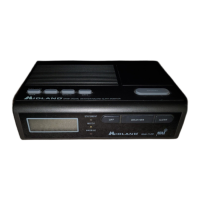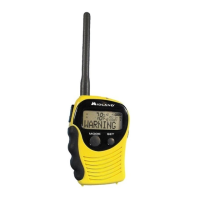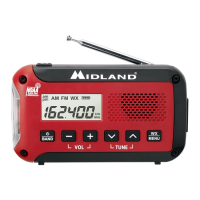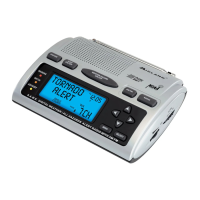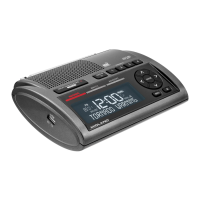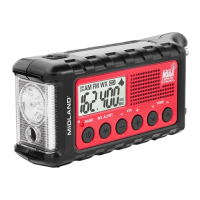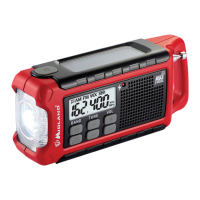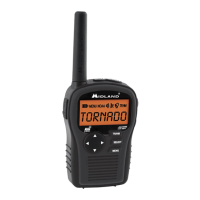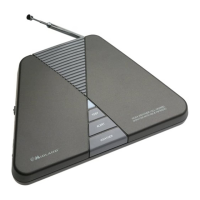What to do if Midland 74-200 Weather Radio is not responding to NWS weather alert broadcasts?
- SSamantha TorresJul 26, 2025
To ensure your Midland Weather Radio responds correctly to weather alert broadcasts, verify that you've programmed the correct FIPS codes into the radio's memory and that '999999' is not programmed with any other FIPS codes. Also, if you want to hear the alert or operate a device from the EXT.ALERT jack, make sure the display shows 'WEATHER ALERT ON' by pressing the ALERT button.
